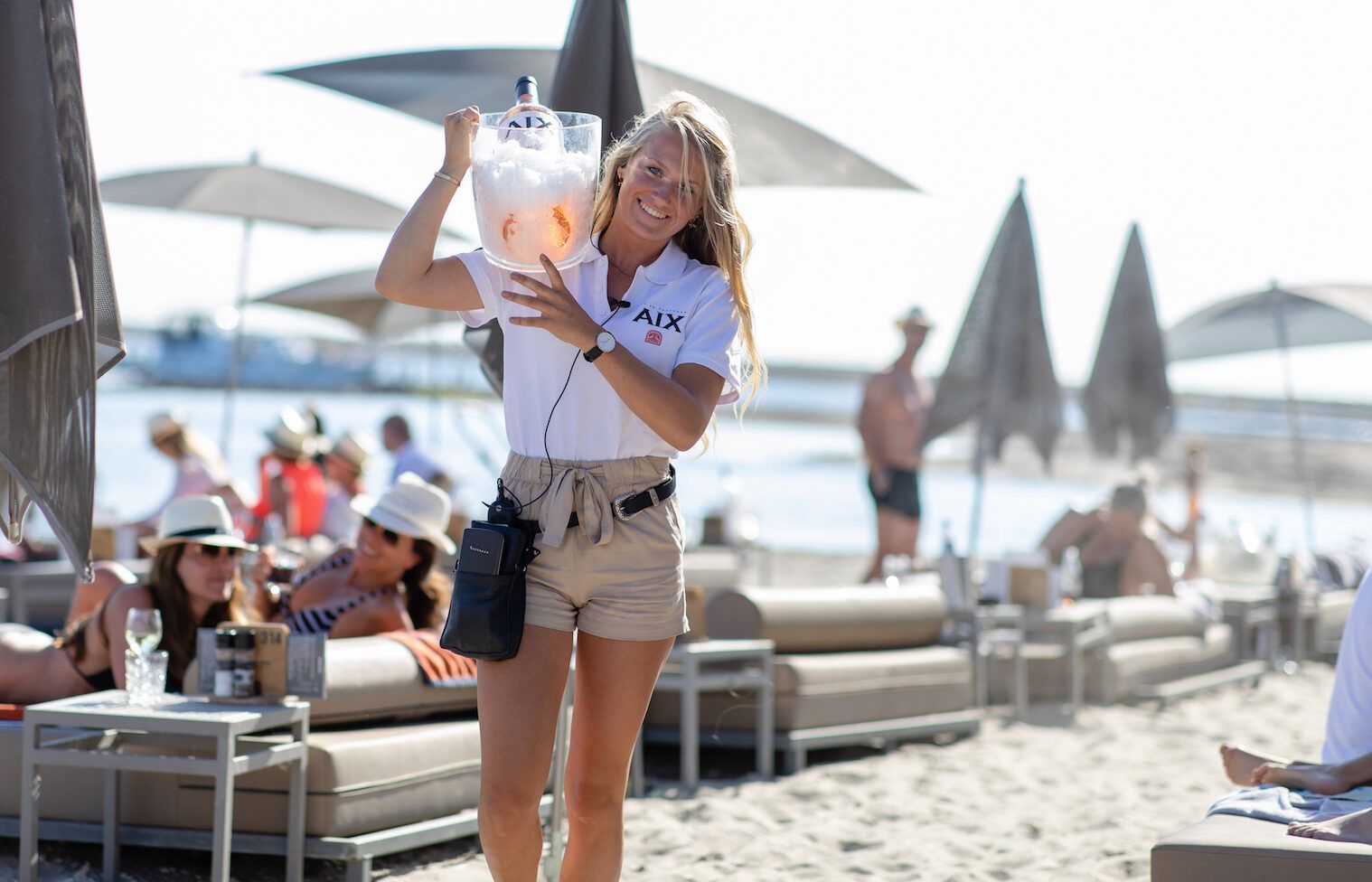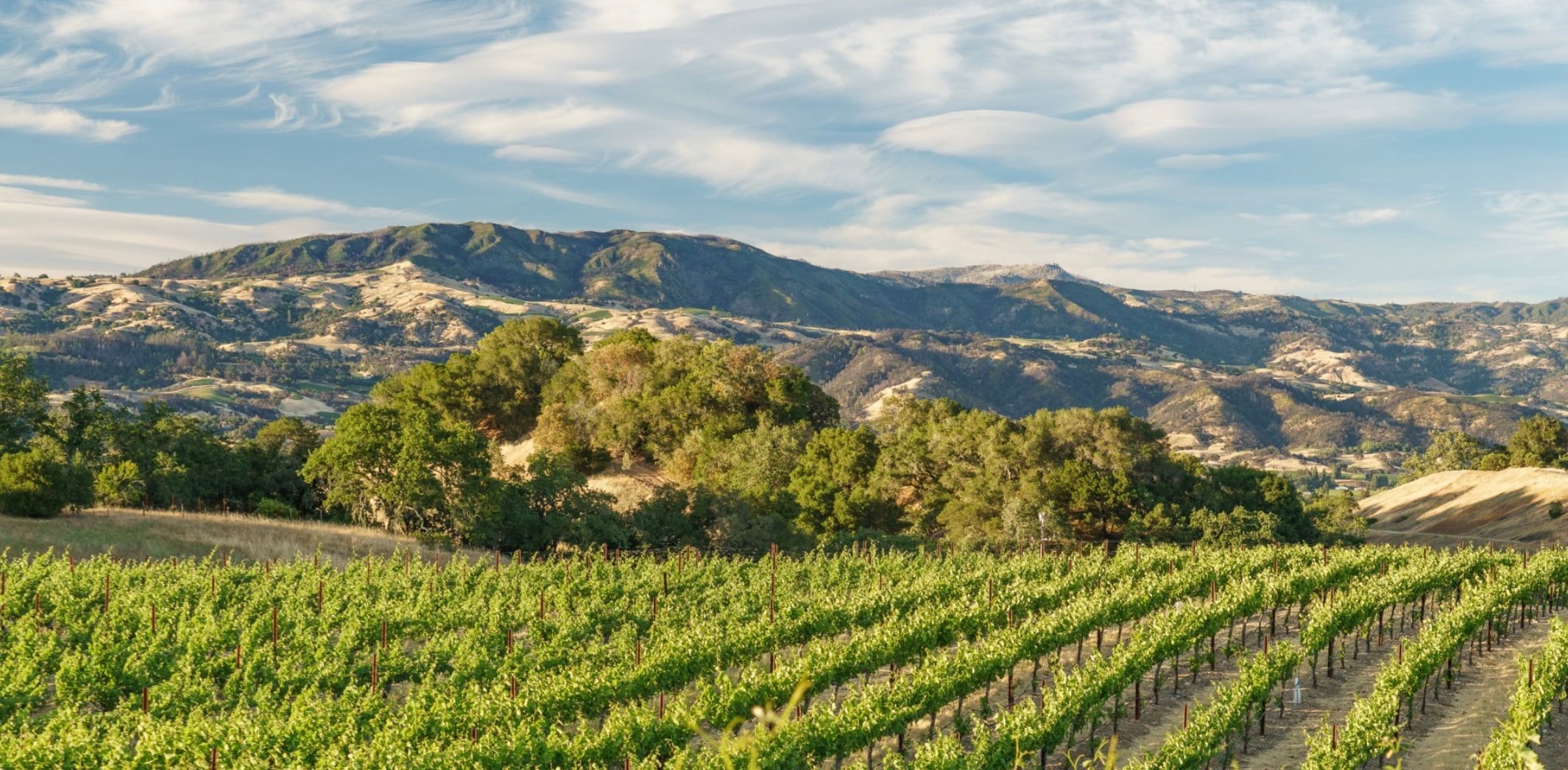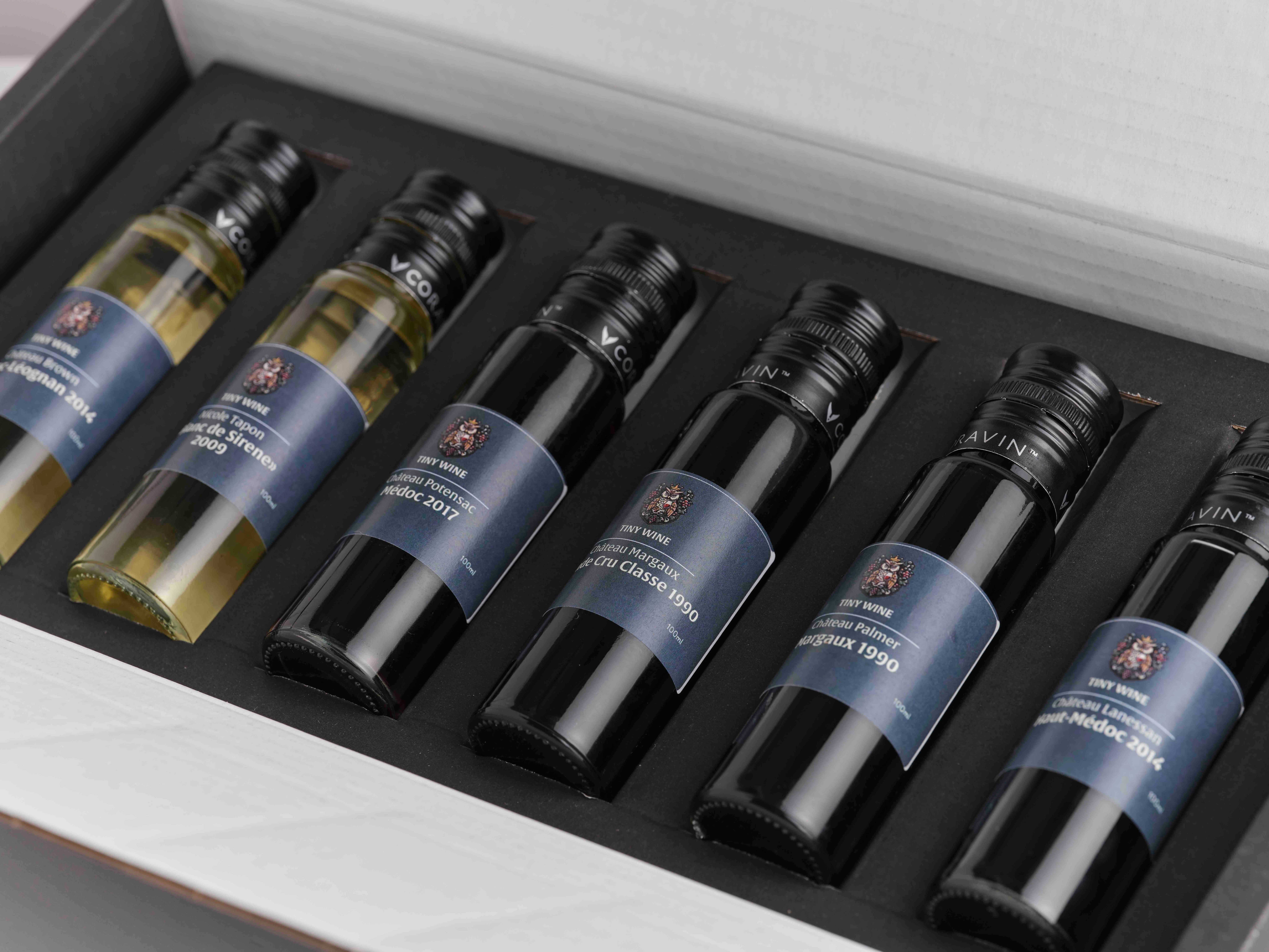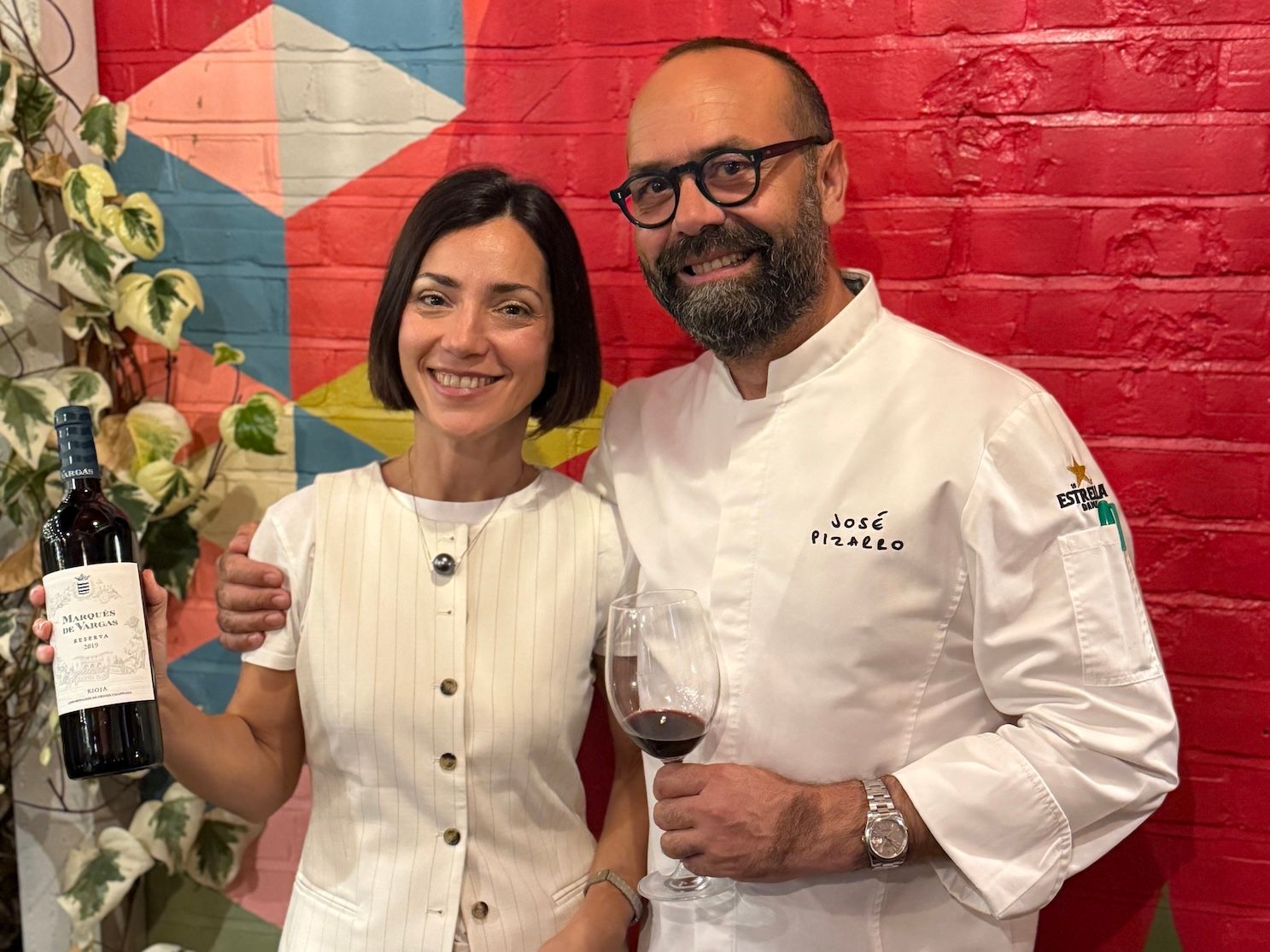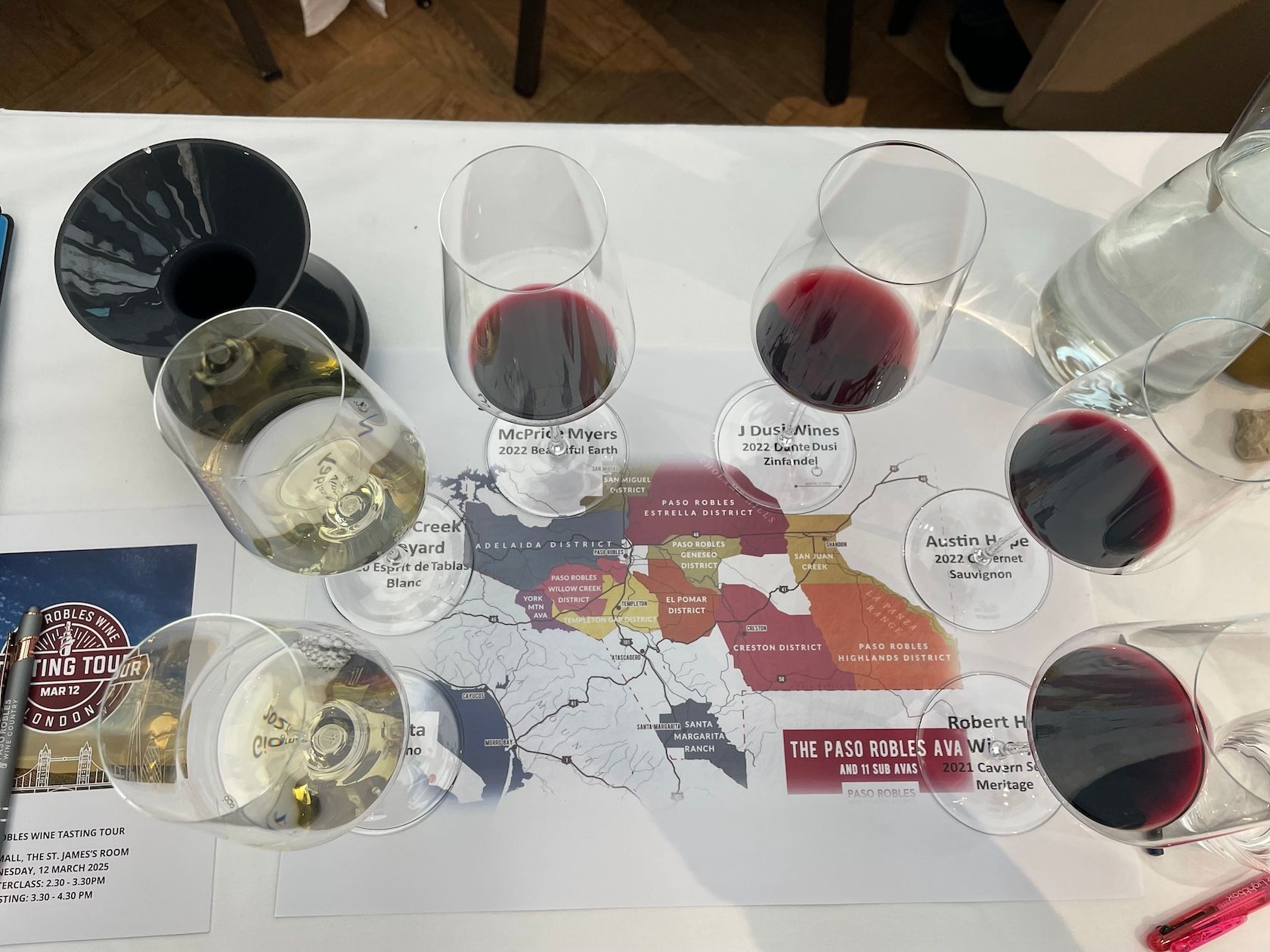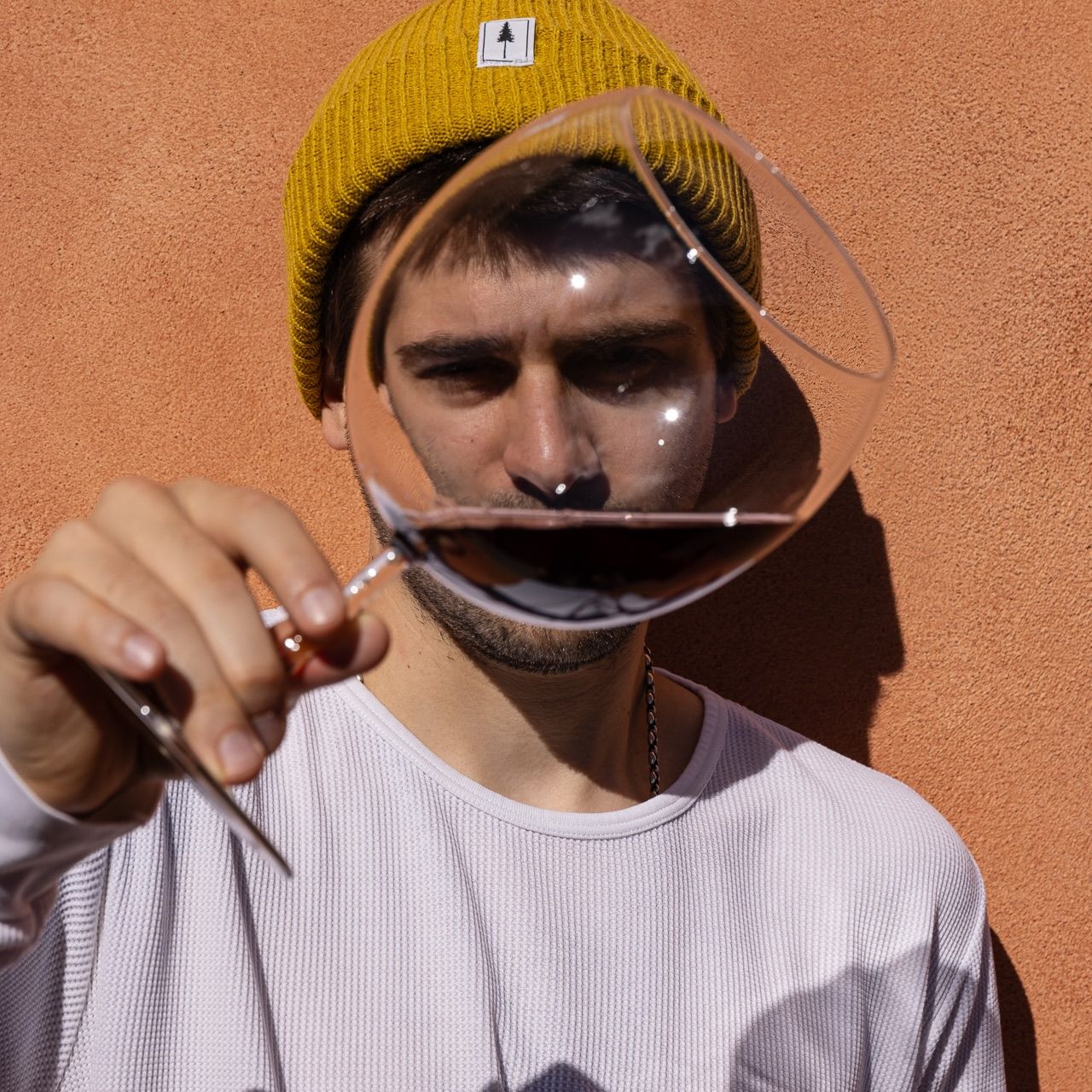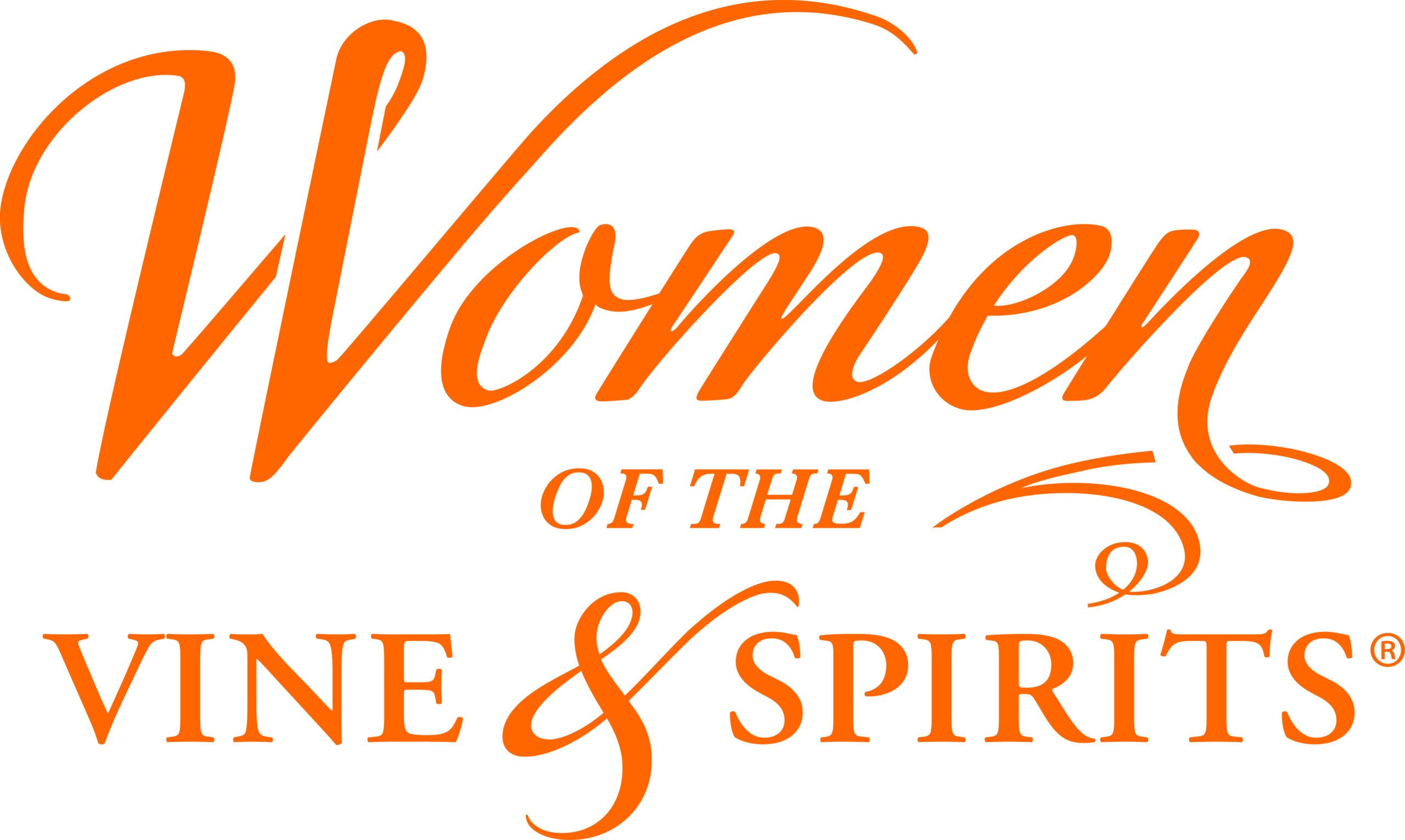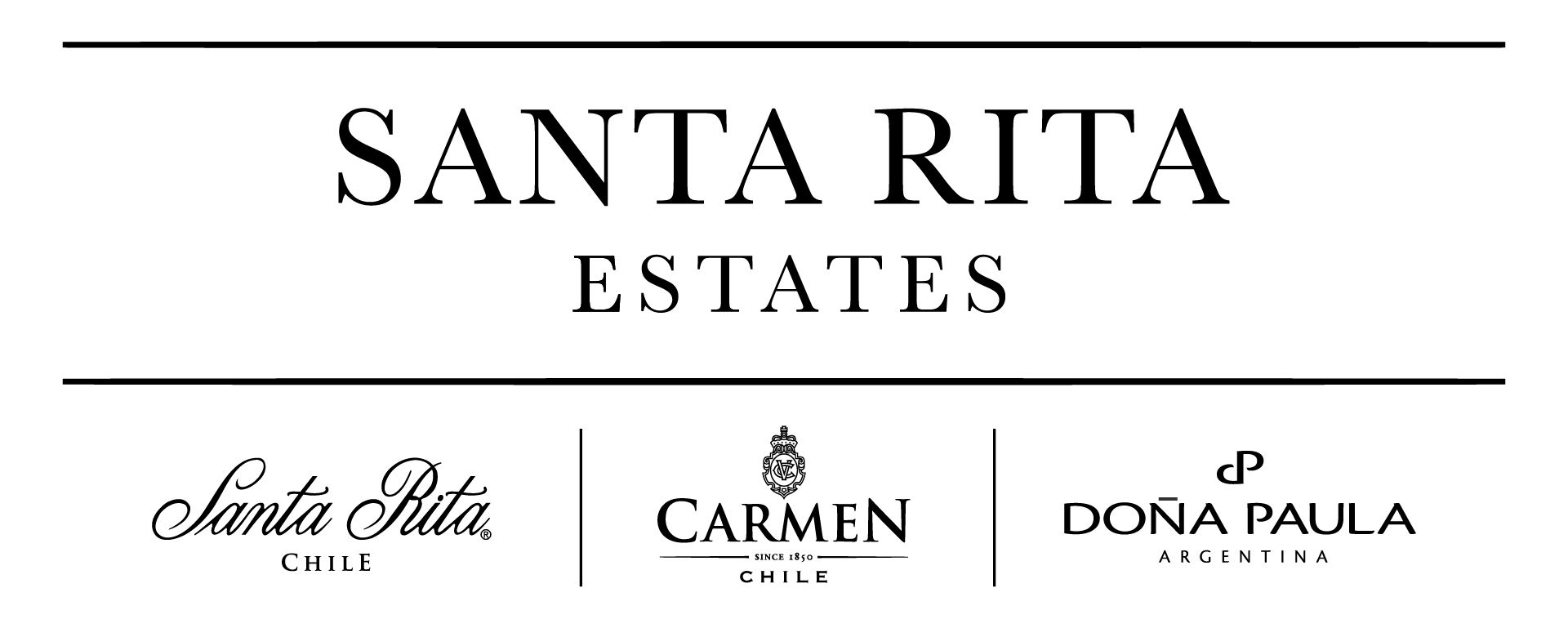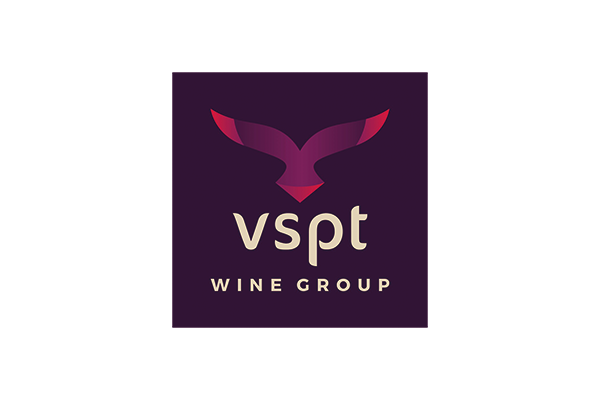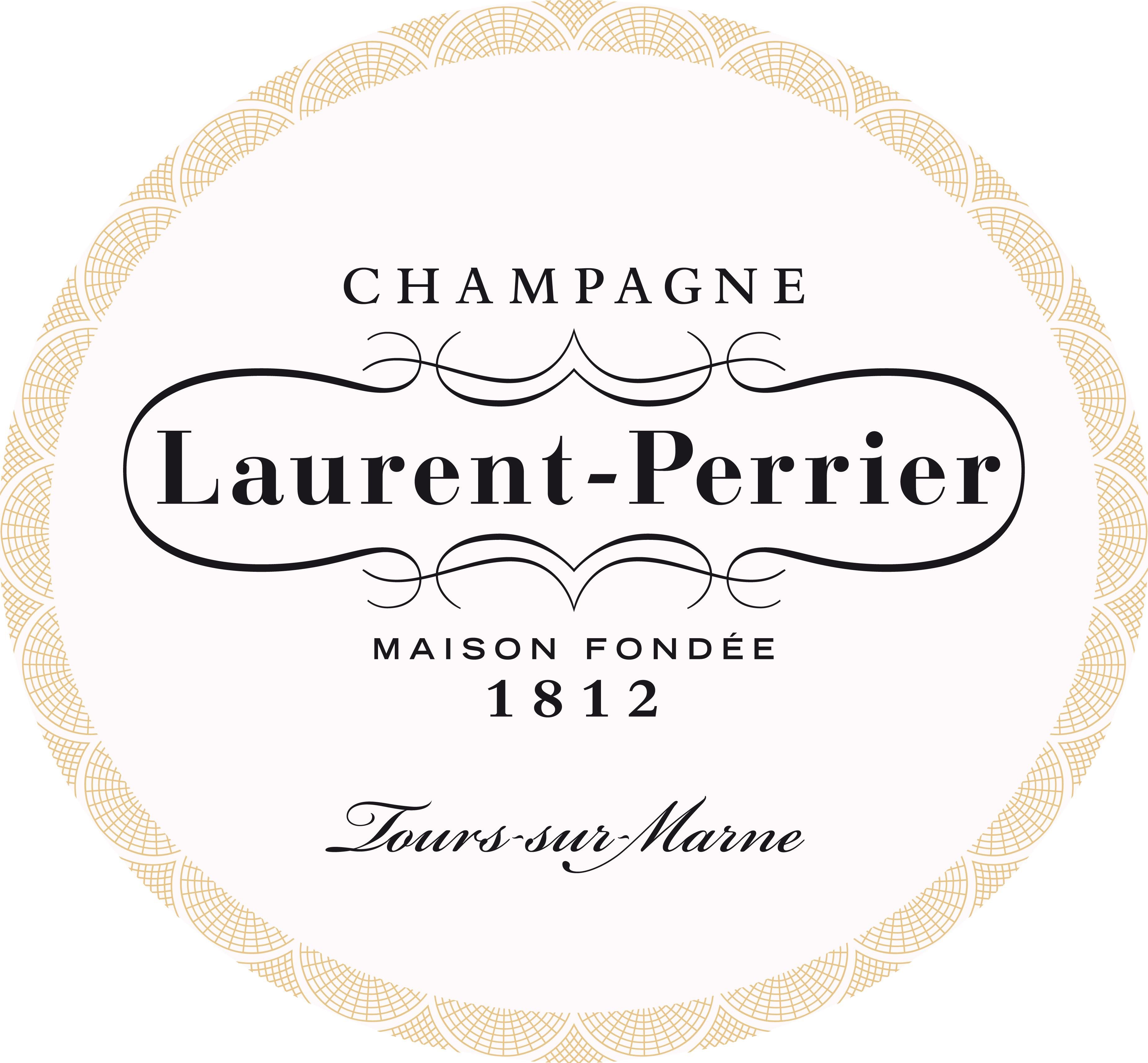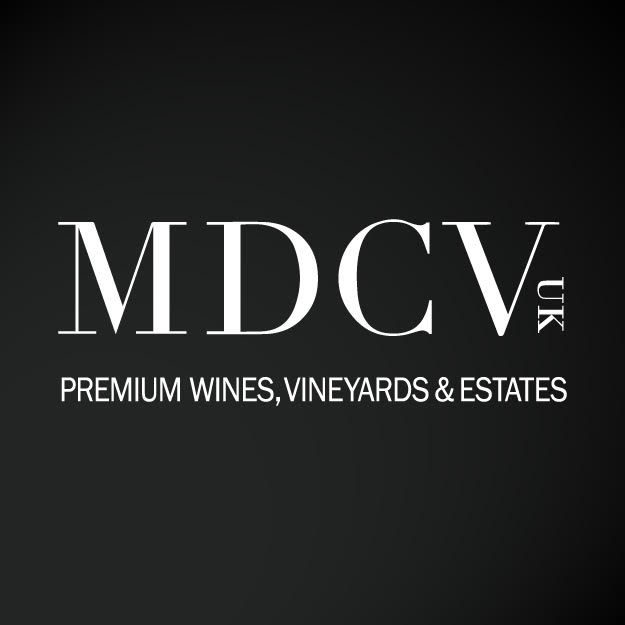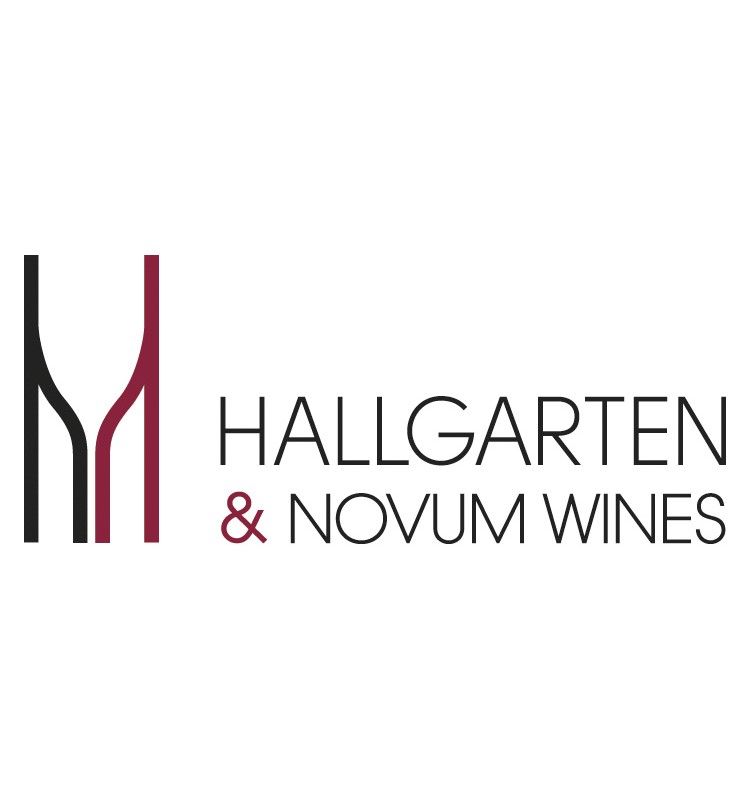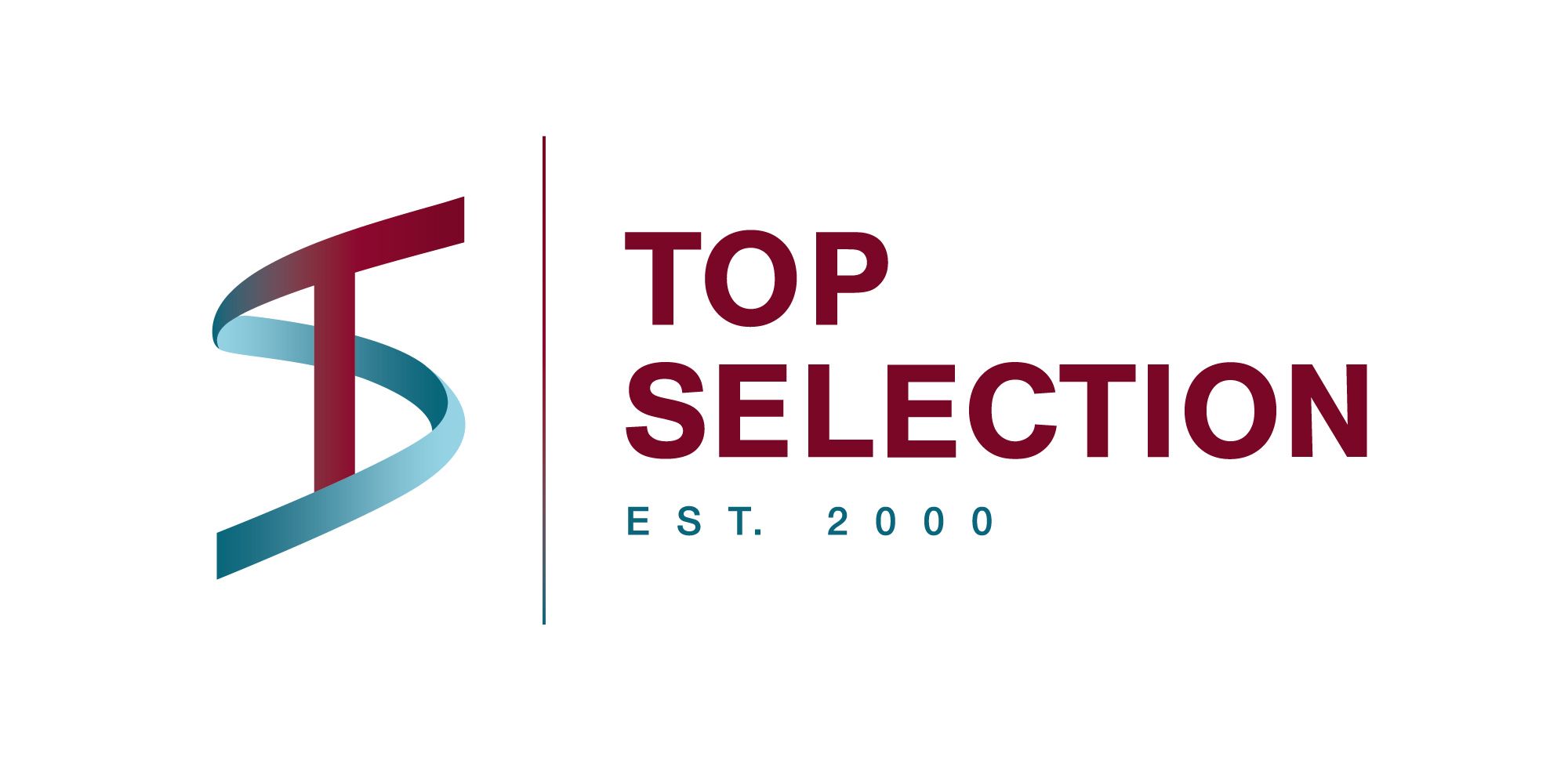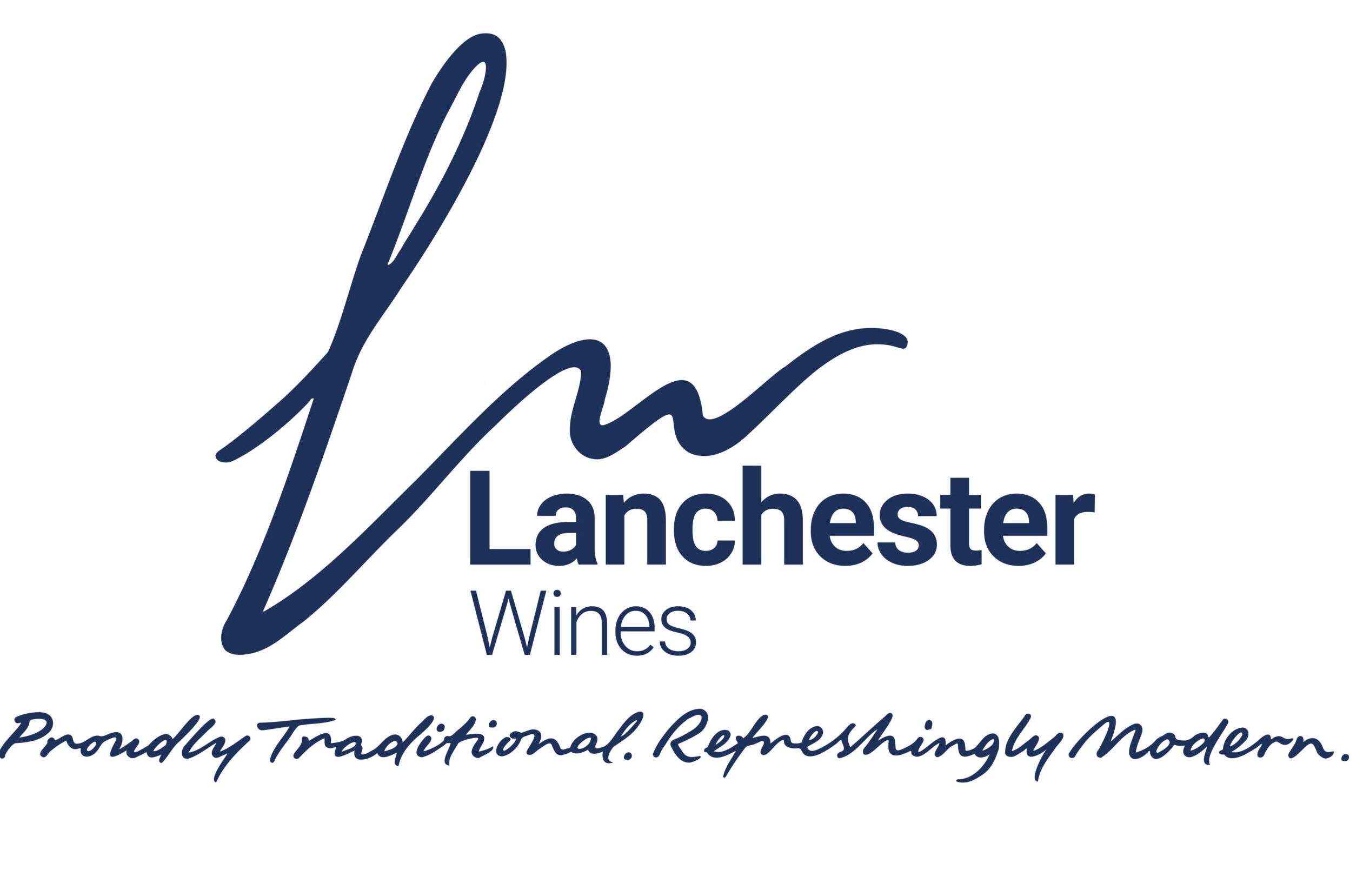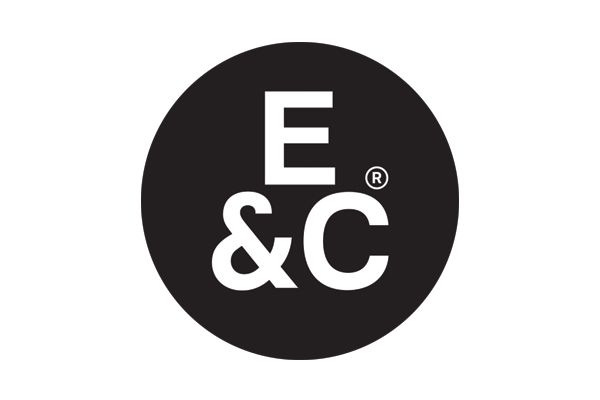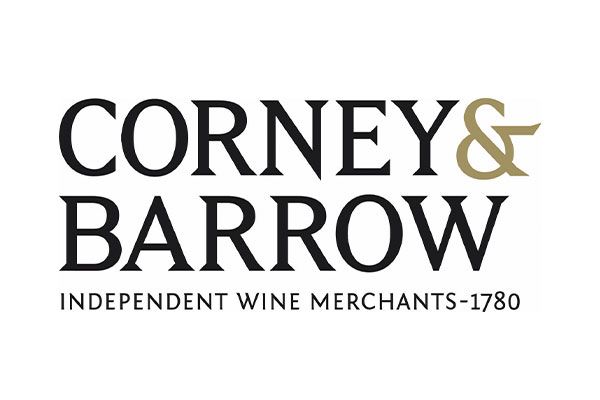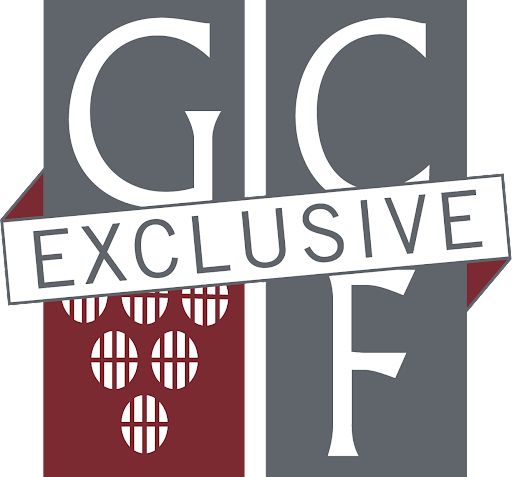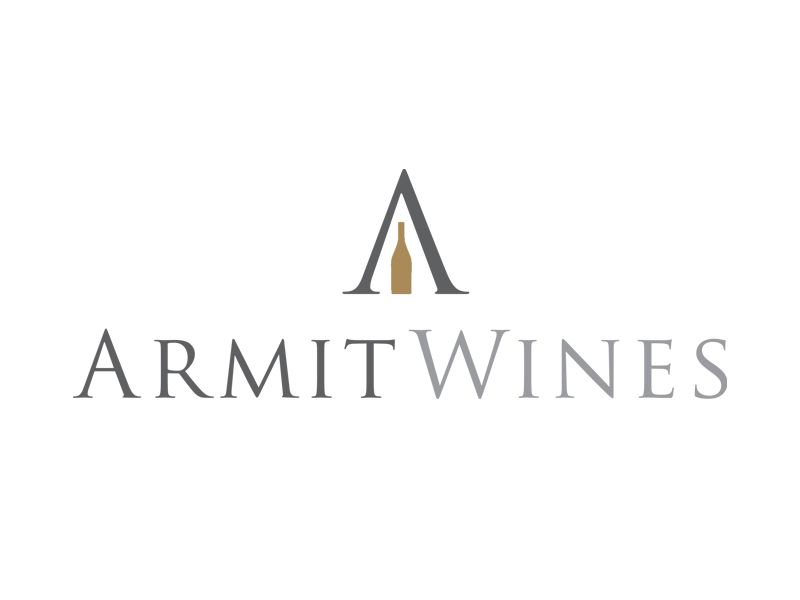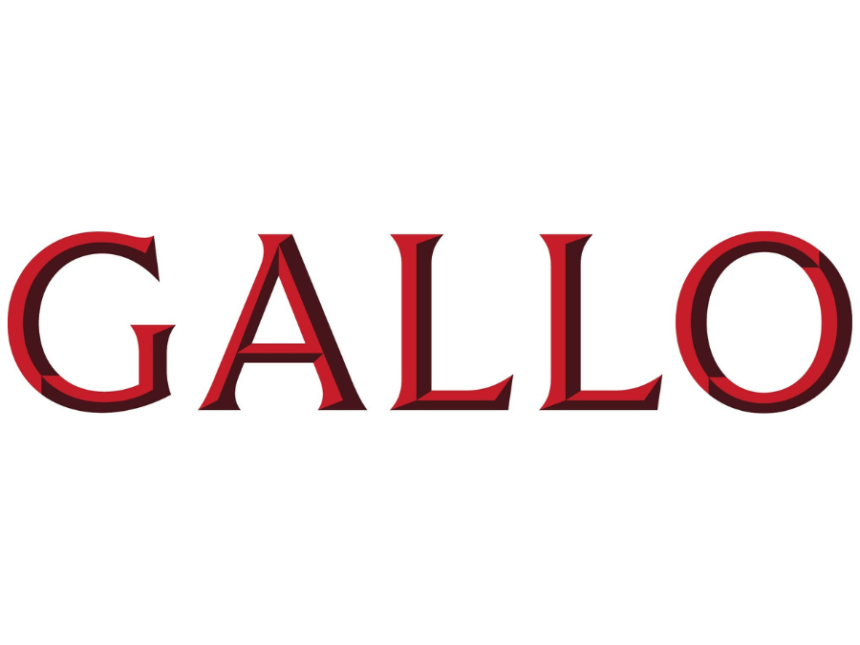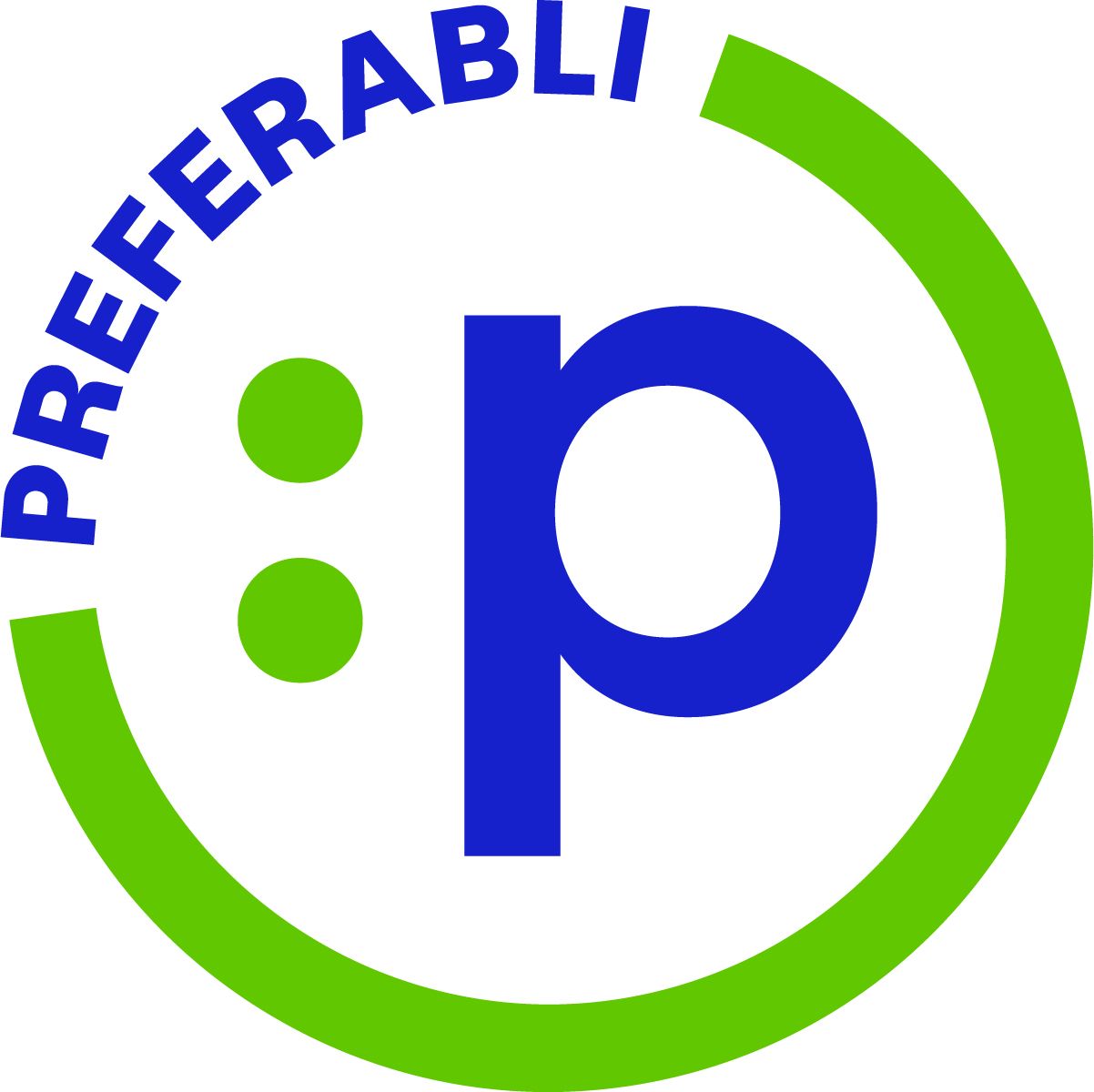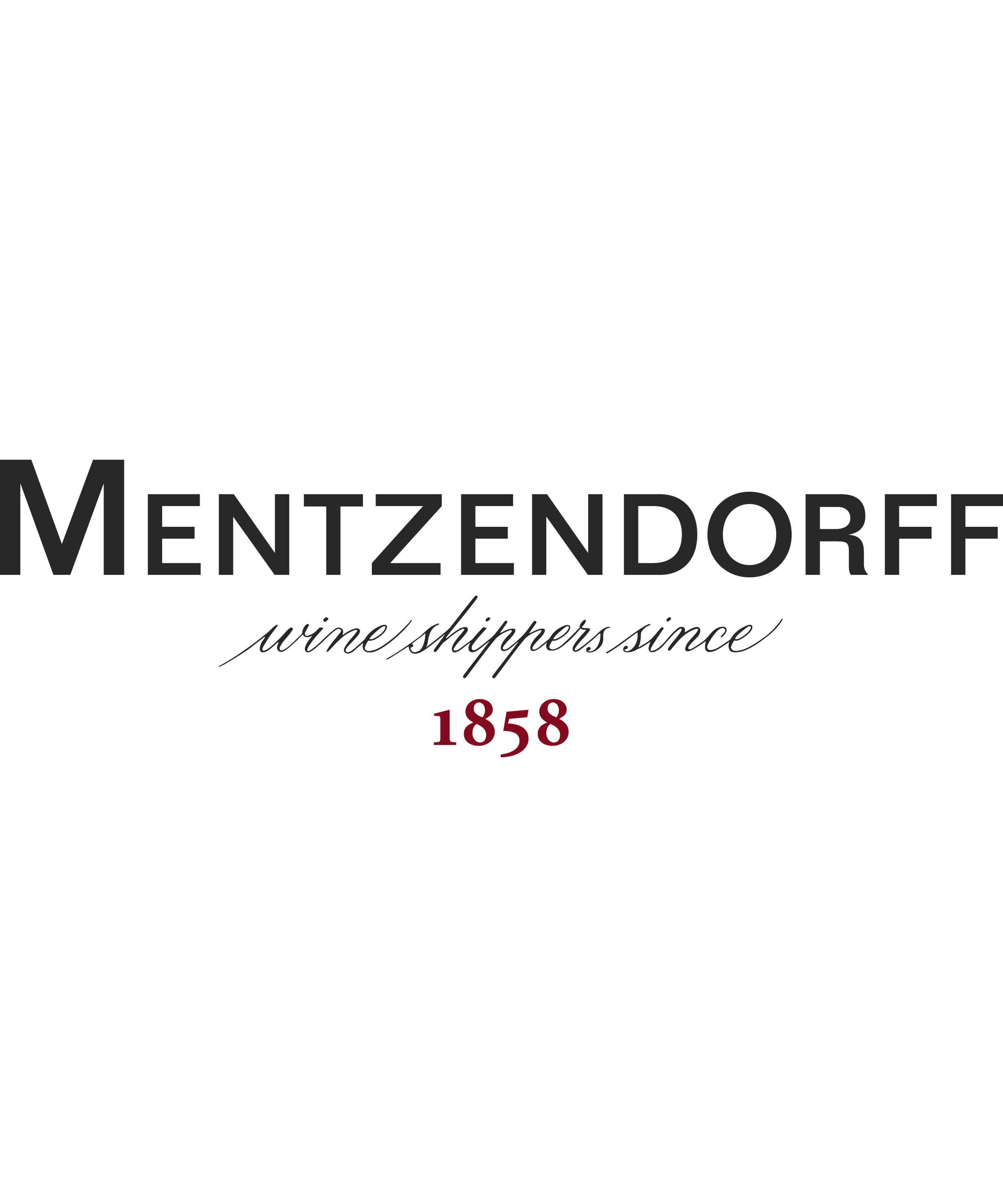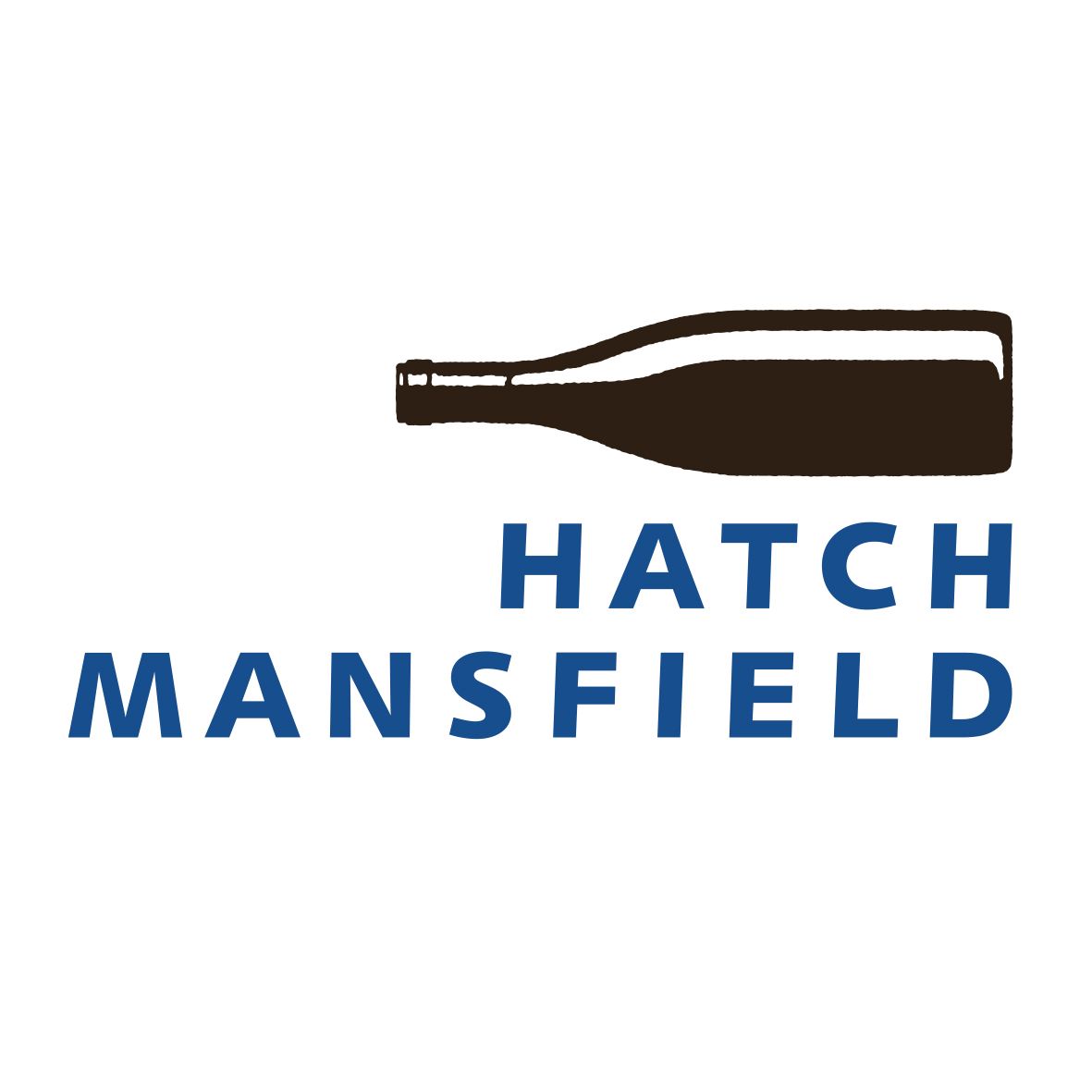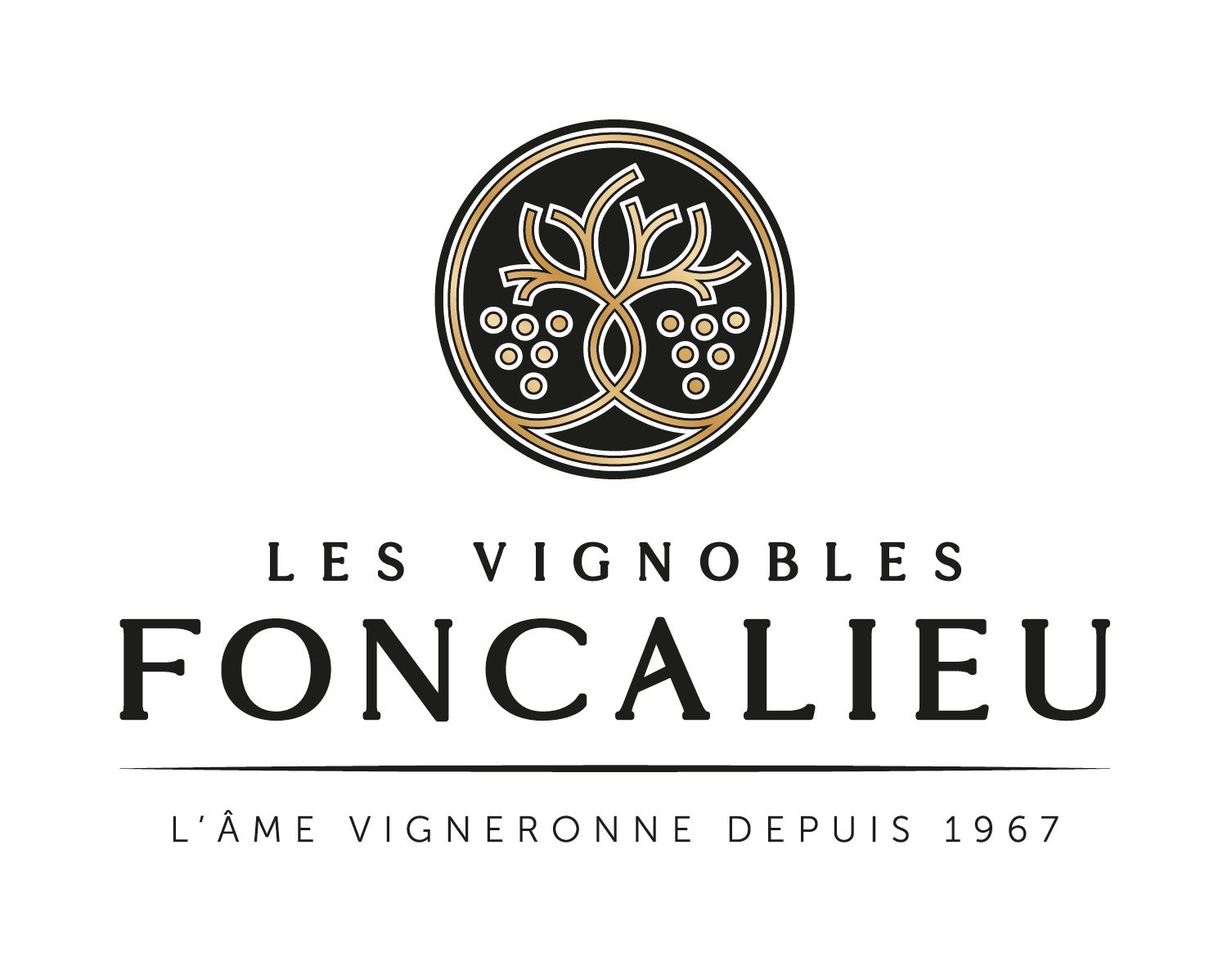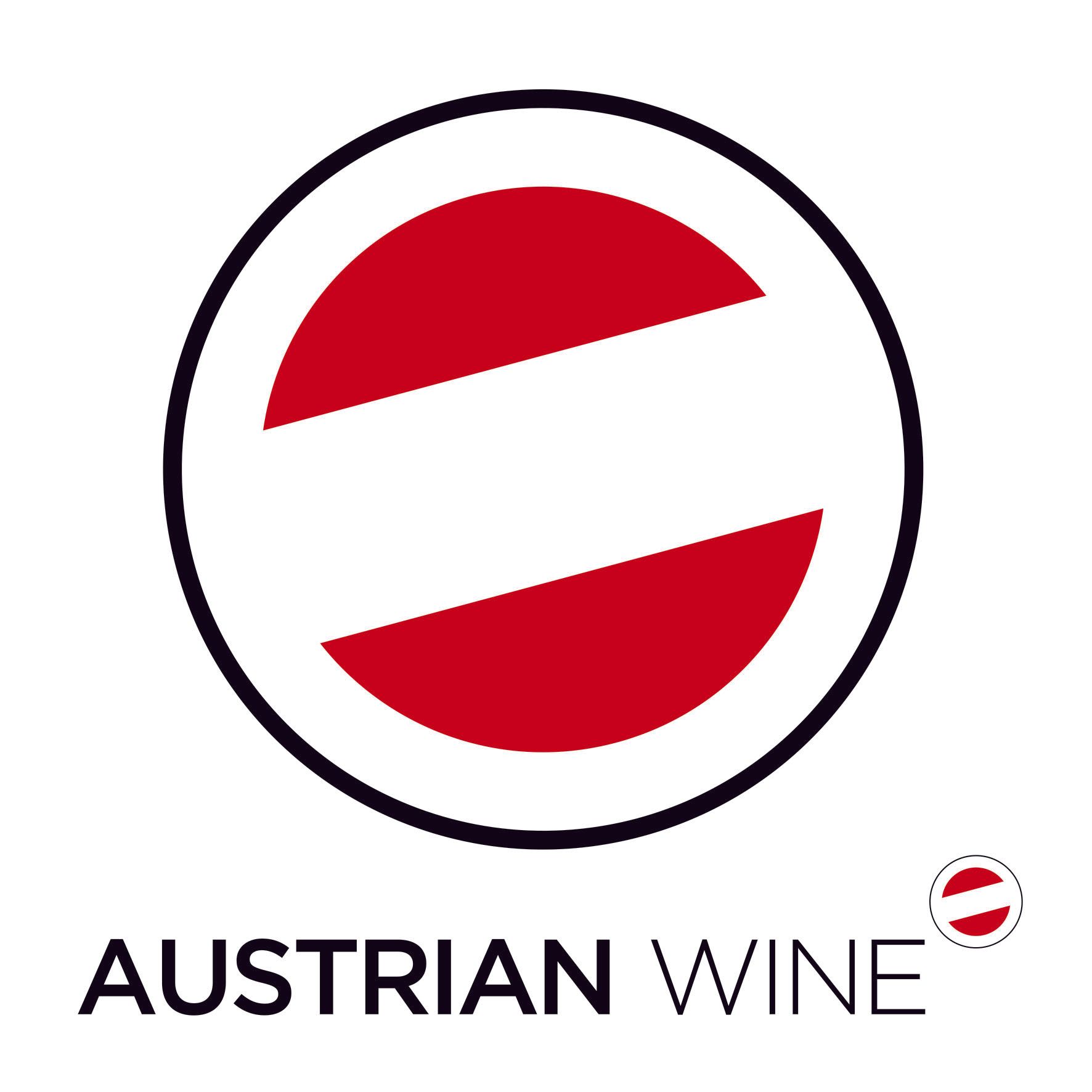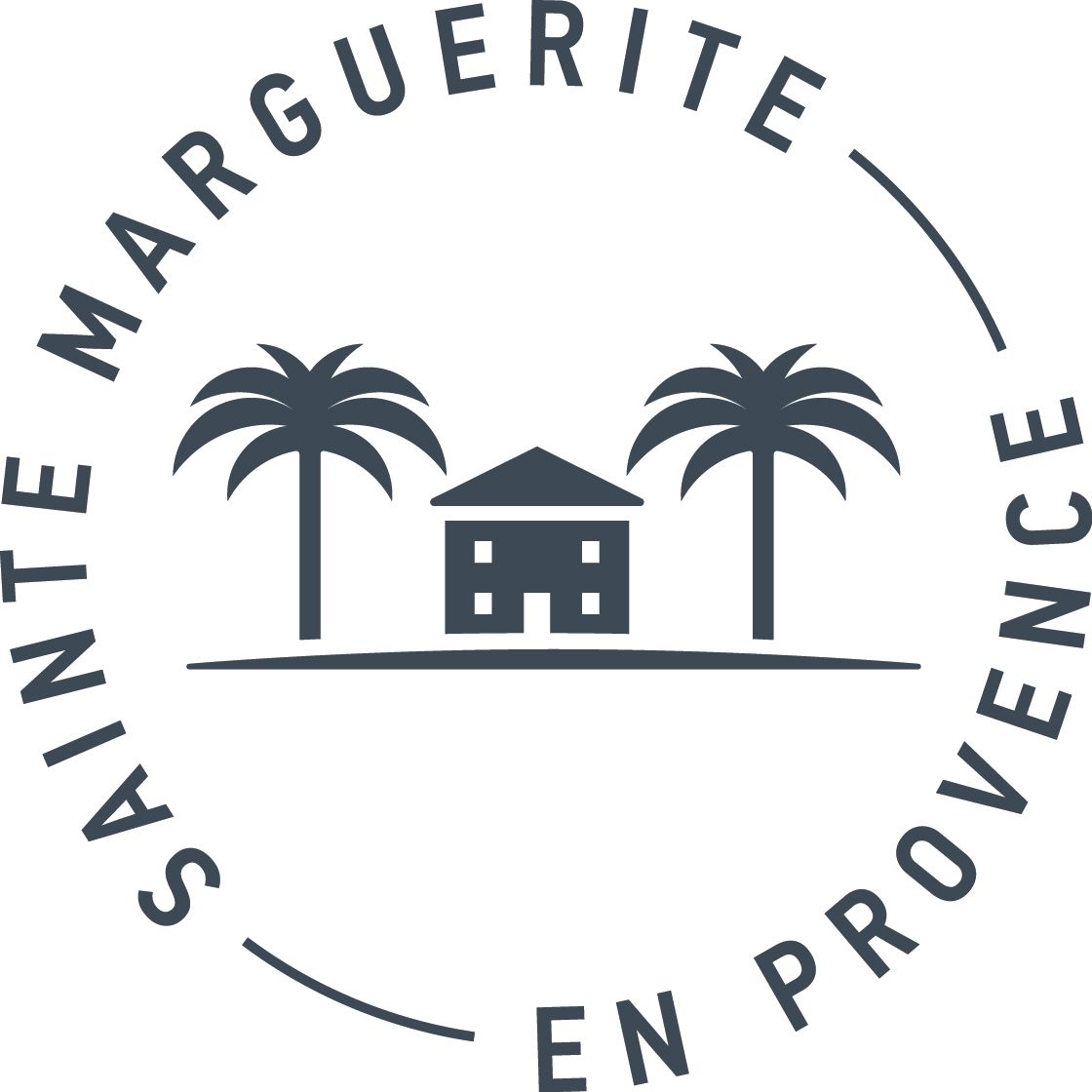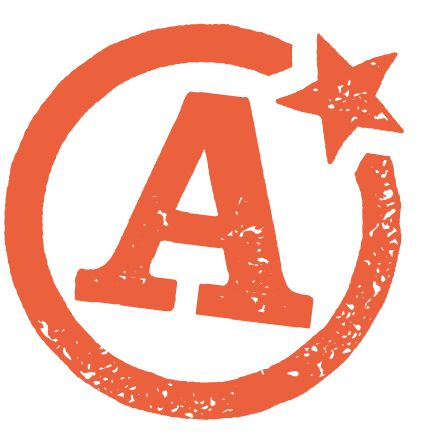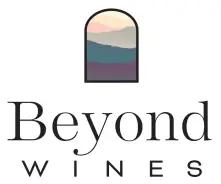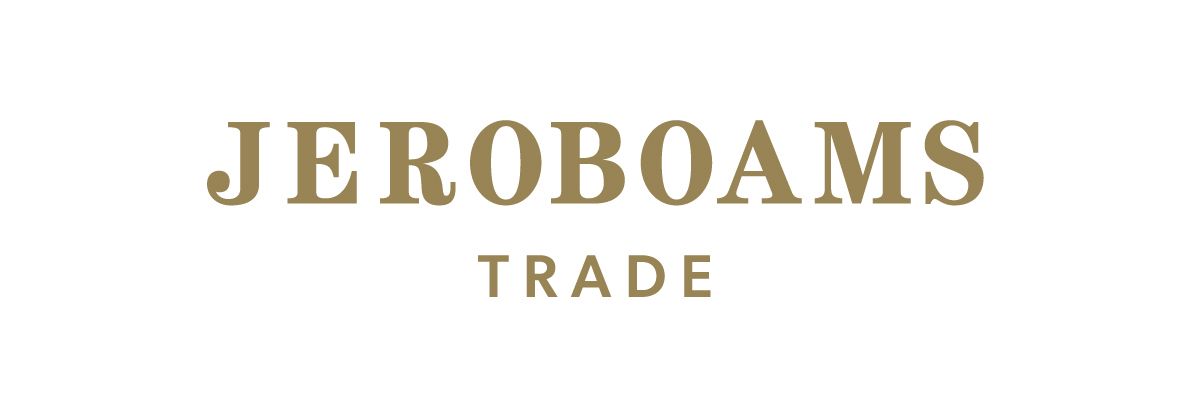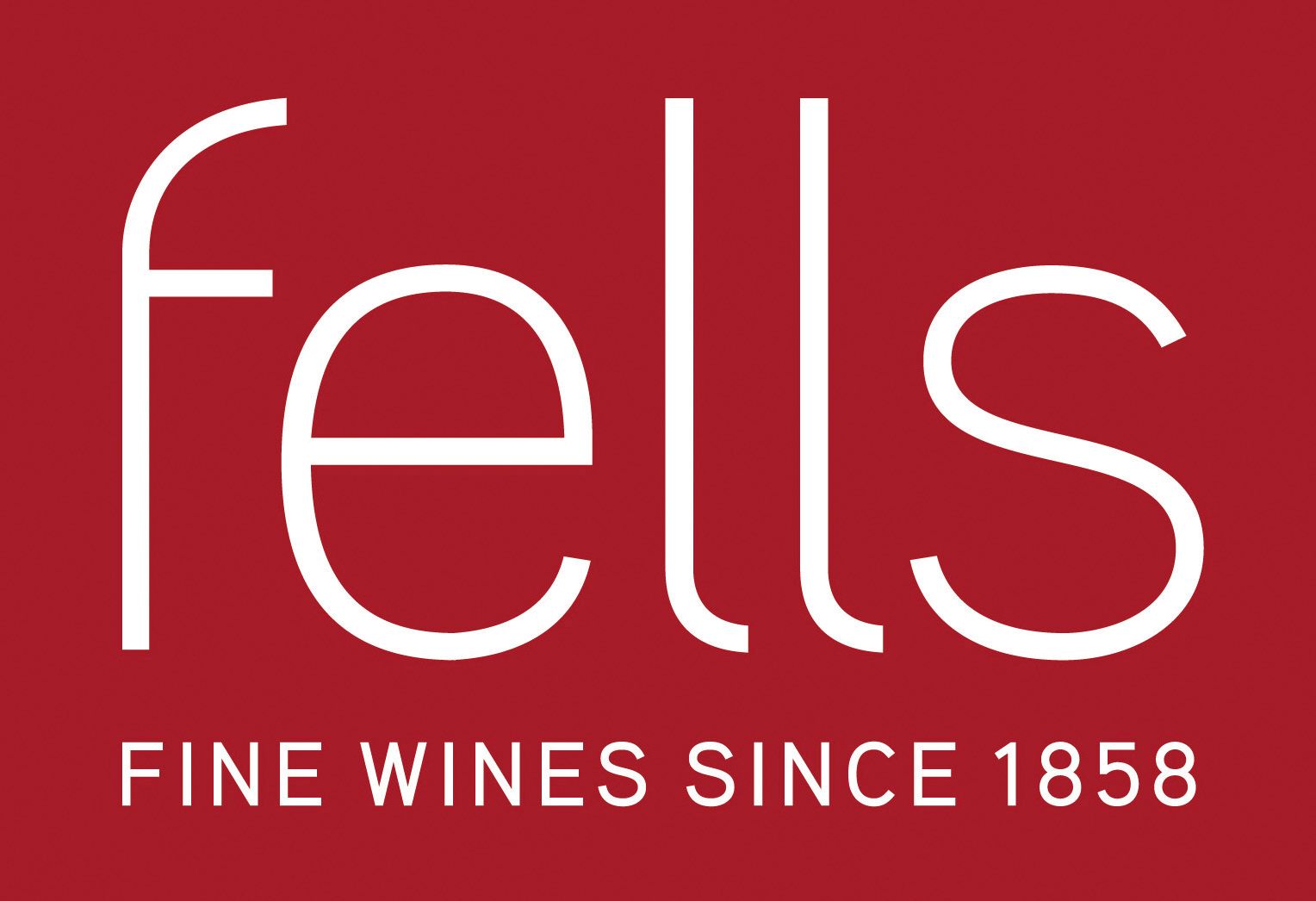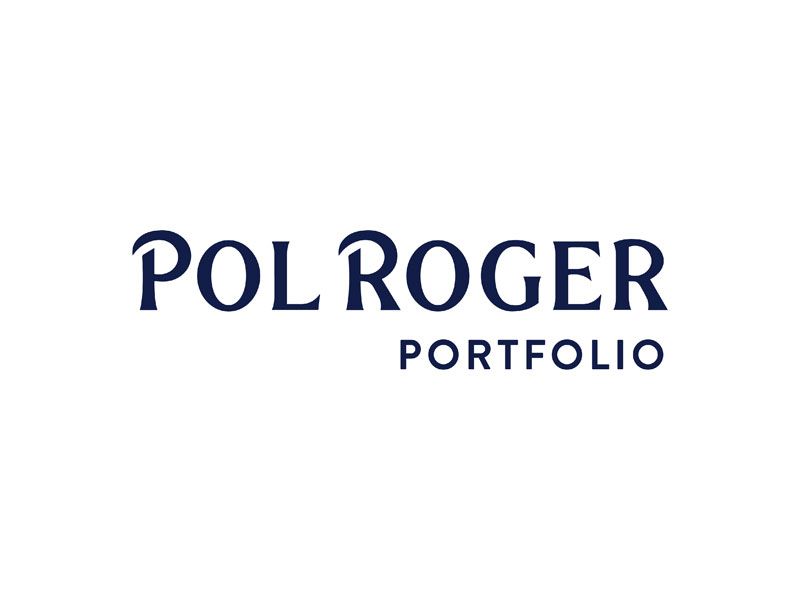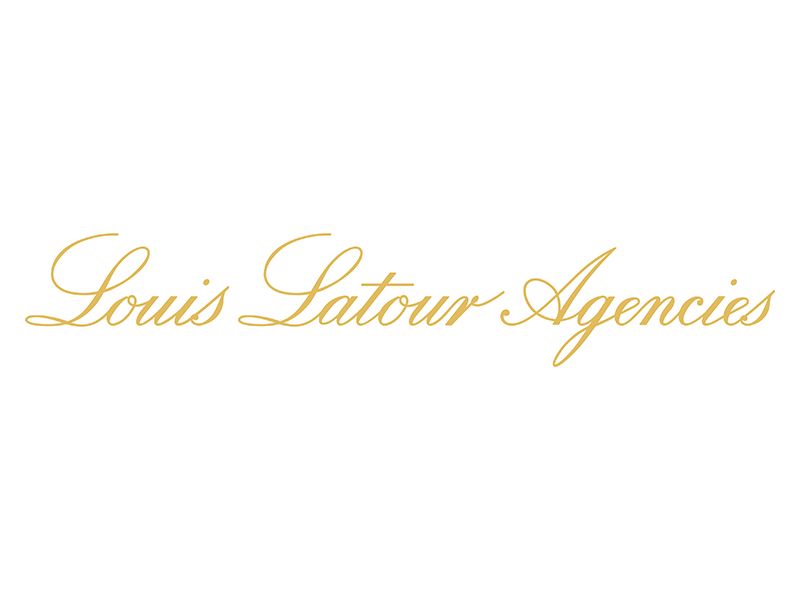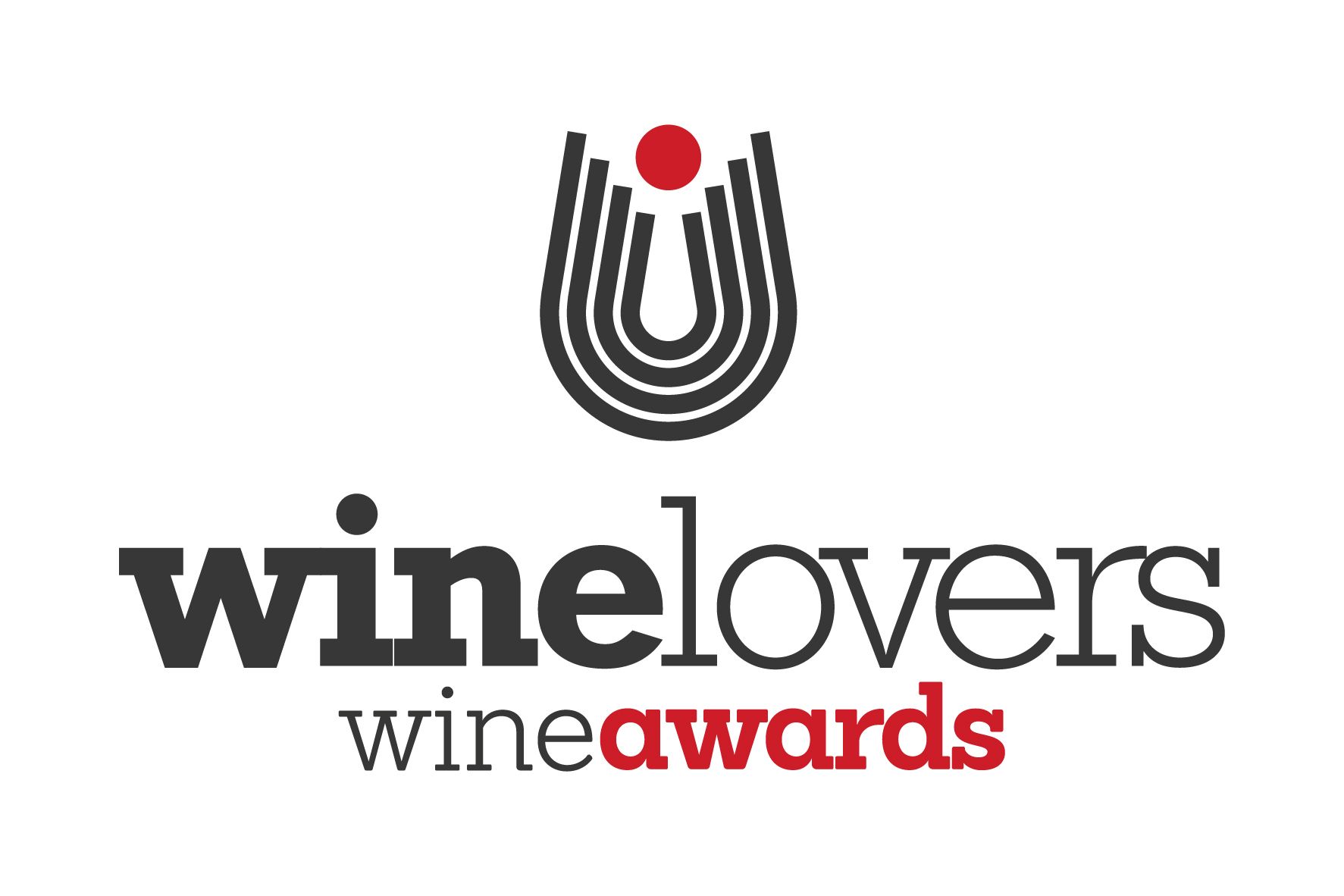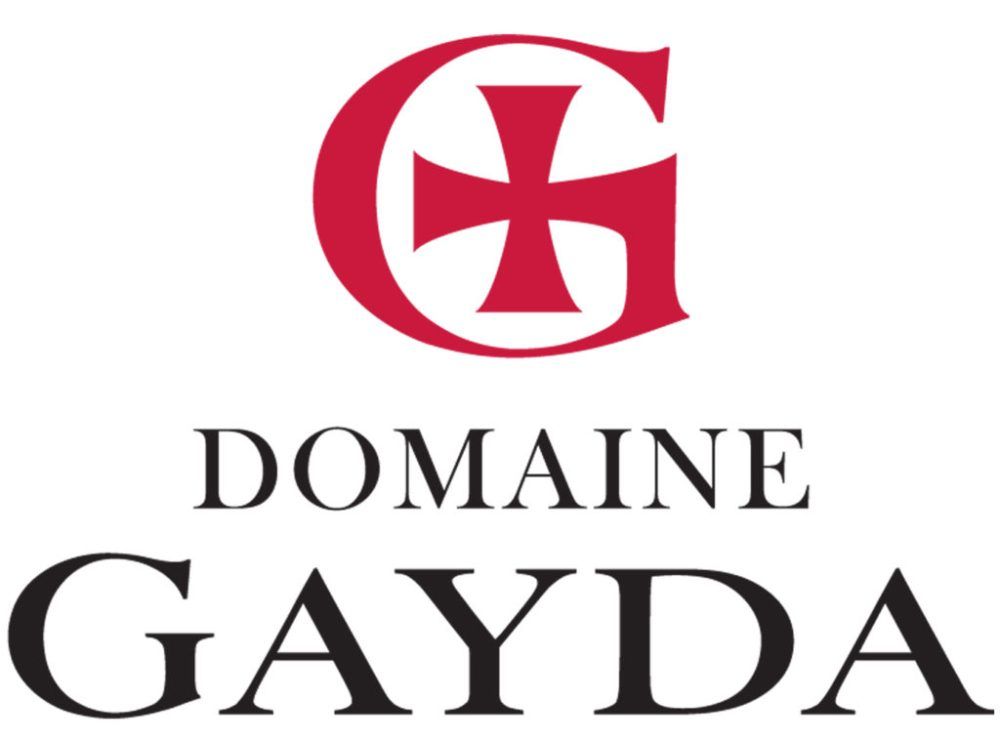“But I believe that big bottles in general are on the rise. It’s not just Hedonism Wine in London that has an extensive selection of larger formats bottles anymore. Lots of specialised wine shops now have more and more big bottles available, because the demand is there,” says Kurver.
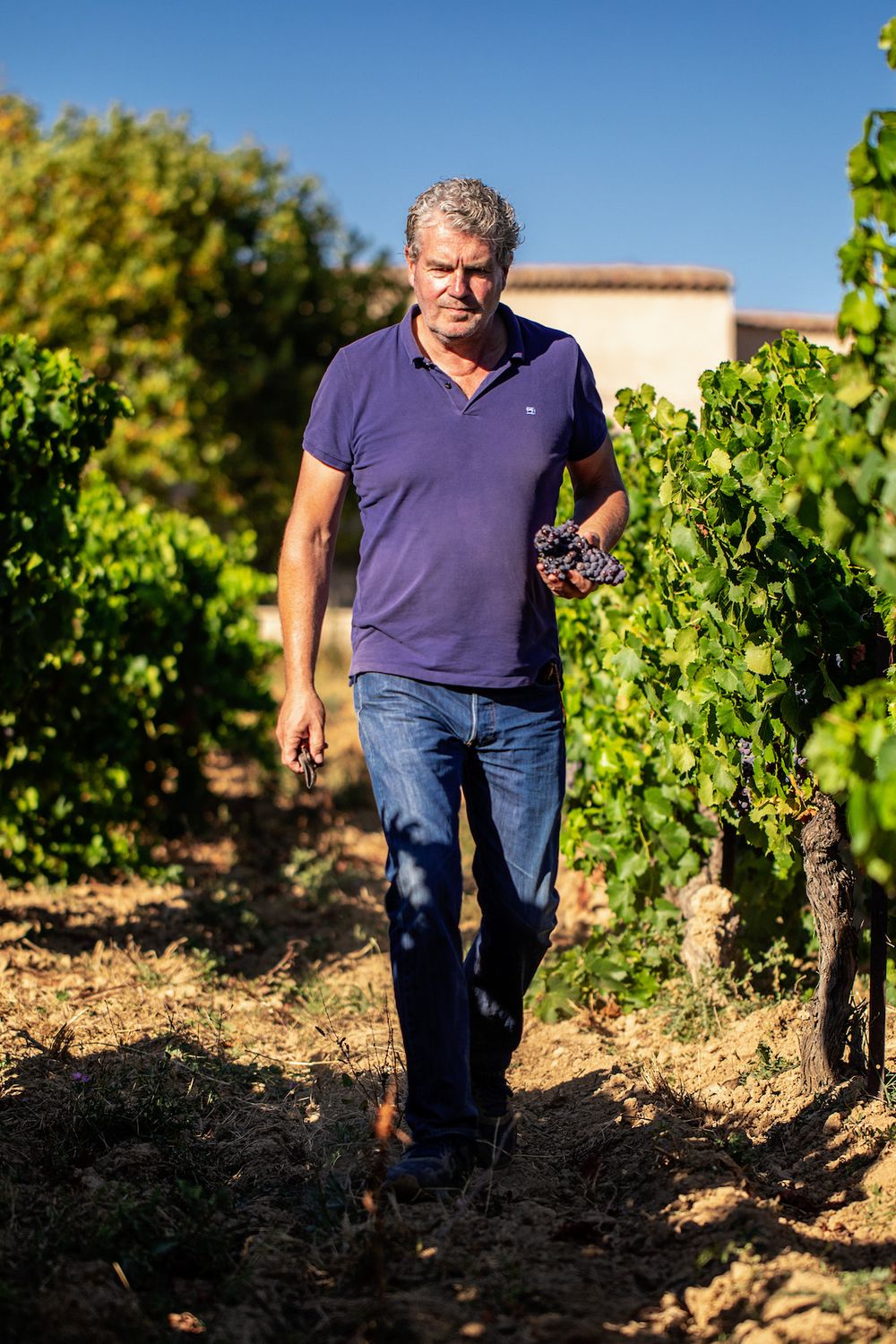
Eric Kurver: Dutch marketeer turned winemaker
How many magnums of AIX 2020 are you producing?
We hope to produce around 125.000 magnums this season, which is substantial compared to our total volume (in various sizes). We believe that people are ready to celebrate after a long and tiring year, and therefore there is high demand. We are preparing to sell beyond this number if the ‘Roaring Twenties’ does indeed start to take off as predicted.
Is that an increase on 2019? If so by how much?
If we manage to sell 125,000 magnums, that will be an increase of 25% compared to 2019, but we do experience an increase every year. This is because people from ‘outside the wine world’ are starting to get to know and opt for larger format bottles, especially magnums. But, as I said before, the goal is to sell a little bit more than this because, despite this challenging year, people are keen to celebrate life again.
What do you attribute that increase to?
I think that the wine world is growing, and young people are starting to get more interested in wine – people want to stand out in these challenging times and understand that “size does matter”.
Our strategy right from the start has always been to focus on ‘sharing’.
A small bottle is difficult to share as you don’t even get two decent glasses out of a regular bottle if you are with four people. This chimes with restaurants which are also increasingly focusing on the concept of sharing – sharing dishes, luxury tapas, sushi plates etc.
Typically a magnum is more expensive than 2 x 75cl bottles because the production costs are higher, but our magnums have always been only double the price of our regular 75cl bottle. We take less margin when we sell a magnum but provide a real sense of ‘conviviality’ in return. We know that a party has truly begun when a magnum bottle is cracked opened!
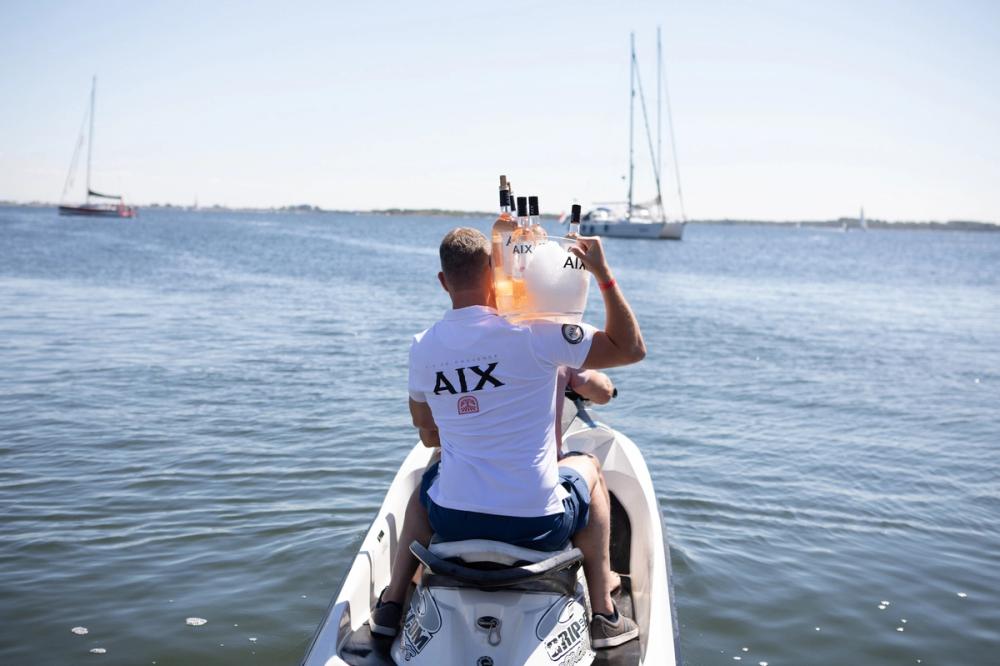
Are countries buying the most/ least magnums, the same countries that are buying standard format?
In general, the magnum volume is mainly in line with the standard format volume, but you can see that ‘great places’ like Ibiza, Dubai, Bali, The Hamptons etc., order more magnums compared to our standard 75cl format. They also tend to order a huge amount of Jeroboams, Methuselahs and even Nebuchadnezzars.Some clients even put just the magnum format on their menu, or have menus saying ‘no magnums’ for the 75cl bottles, magnum and double magnum.
Which are your top half a dozen customers for magnums?
‘Great Places’ like ‘El Tiburon’ at Formentera and ‘Blue Marlin’ in Ibiza, Nikki Beach in Dubai; at The Hamptons: Gurney’s at Montauk, and Sunset Beach by André Balazs; Sandy Lane at Barbados and Hawkins Private Island at Bermuda. But you also don’t need to search that far; the UK is one of our biggest markets in terms of magnums and double magnums.
Why are magnums so important to the AIX business?
Magnums and larger formats are the DNA of our brand. Our wine is made to be shared with friends and family and to be enjoyed whilst having fun together. We make AIX for celebrations, for example some clients in the UK use the term ‘party-ready magnum’ when they are selling it to their customers.
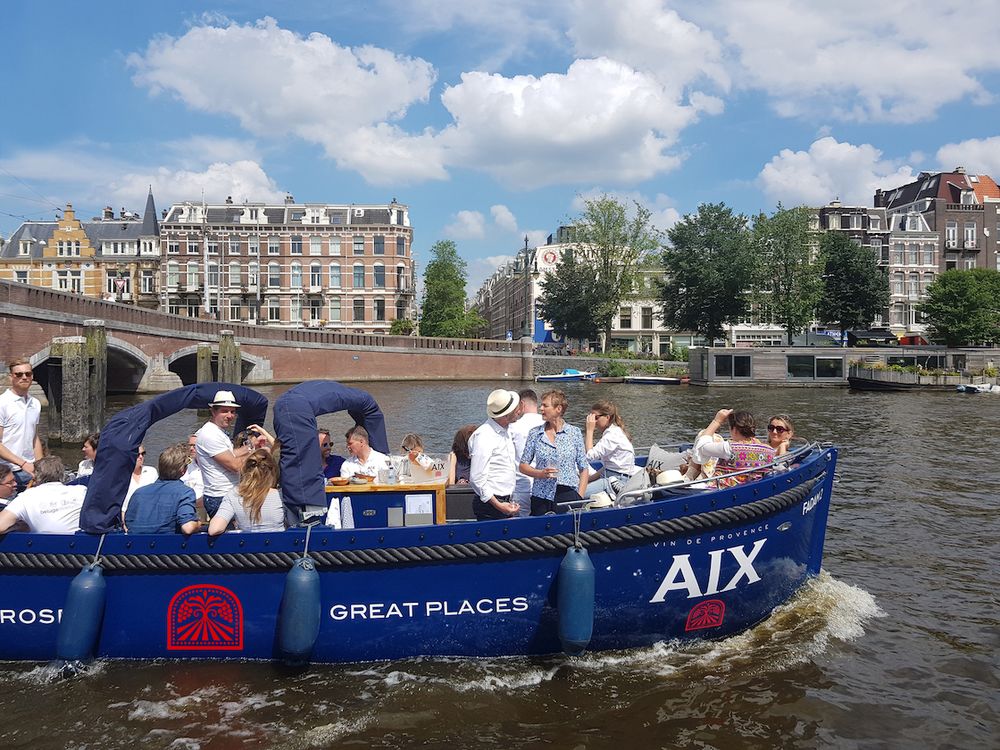
A keen eye for branding has been instrumental in AIX’s rapid rise
What has been your strategy for larger formats?
They have always been important to us, not just for the sales but more so for the brand. Years ago, 6L and 15L bottles were often used for the brand’s ‘visibility, but we immediately experienced a significant demand for these bottles – people want to enjoy having a big bottle together in the sun. Subsequently we have become one of the biggest producers of big bottle formats in our region.
Are other wineries following your lead and producing more magnums of Provence rosé?
There are definitely lots of other Provencal wineries following our lead and producing more magnums of rosé – after all it’s easy to drink and has a laid-back elegance of what the French call ‘joie de vivre’, it’s the ideal wine and colour of wine to order in larger formats.
But I believe that big bottles in general are on the rise. It’s not just Hedonism Wine in London that has an extensive selection of larger formats bottles anymore. Lots of specialised wine shops now have more and more big bottles available, because the demand is there. And when you compare it to first growth Bordeaux in large formats, for example, or Champagne, big bottles of Provence rosé are actually very reasonable in price.
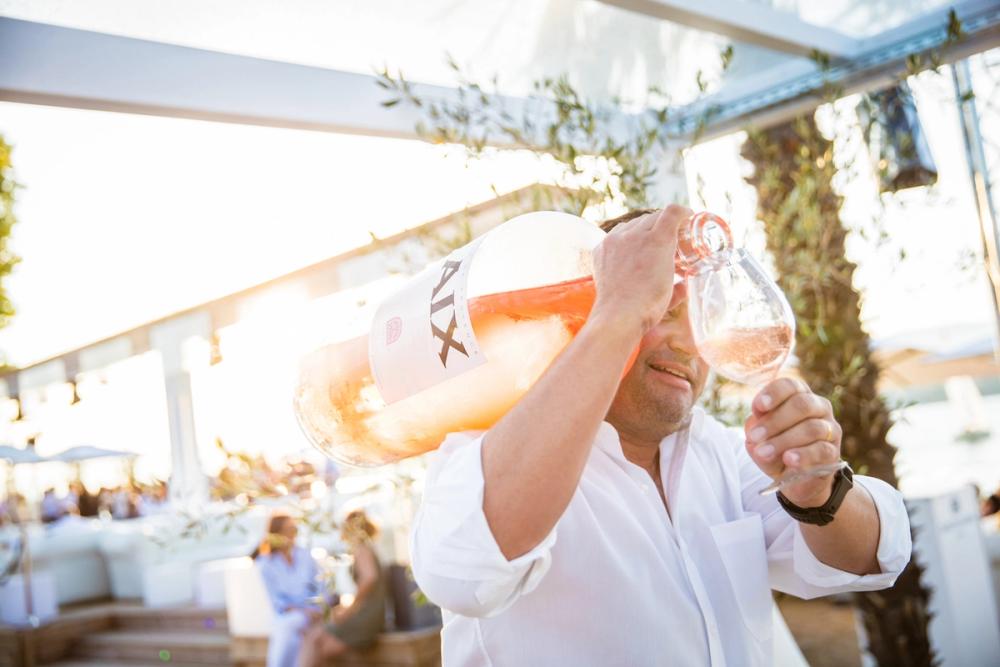
And you thought you had it tough serving from a magnum! The 15L bottle is around 22kg so often the bottle is put on the waiter’s shoulder to pour the glasses. Les Voiles, Geneva.
Who is your closest Provencal rival in terms of magnums?
If you want us to name some other wineries that produce large formats, I would say better-known brands like Whispering Angel and Miraval etc. but I don’t like to speak about rivals. I much prefer to talk about colleagues and partners, because wineries in Provence that dedicate themselves to ‘premium Provence rosé wine’ are all working hard for ‘rosé’ to be seen as a serious wine. We need to prove to people that Provence rosé is the Champagne amongst rosés, in terms of both quality and festivity.
And this is starting to happen – nowadays, for example, you don’t just have one rosé on a decent wine menu, you have lots more choice, with at least one Provence rosé on the menu (often in several formats), just like you always have one Champagne under the heading ‘sparkling wine’.
What other size formats do you produce? How many/who’s buying etc.
We start with our regular 75cl bottle, which we refer to as our ‘tasting sample’, we then have magnums to be shared with friends, double magnums (300cl) if you have more friends coming over, and we go up to 600cl and 1500cl, which are often served at weddings and for special occasions.
Often you’ll find the first three formats on a menu: 75cl / 150cl / 300cl. Larger bottles like our 600cl and 1500cl are often bought in specialised wine shops for weddings and special occasions. But of course, you’ll also find these bottles on menus in beach bars in Ibiza, Dubai, or The George Hotel on the Isle of Wight.
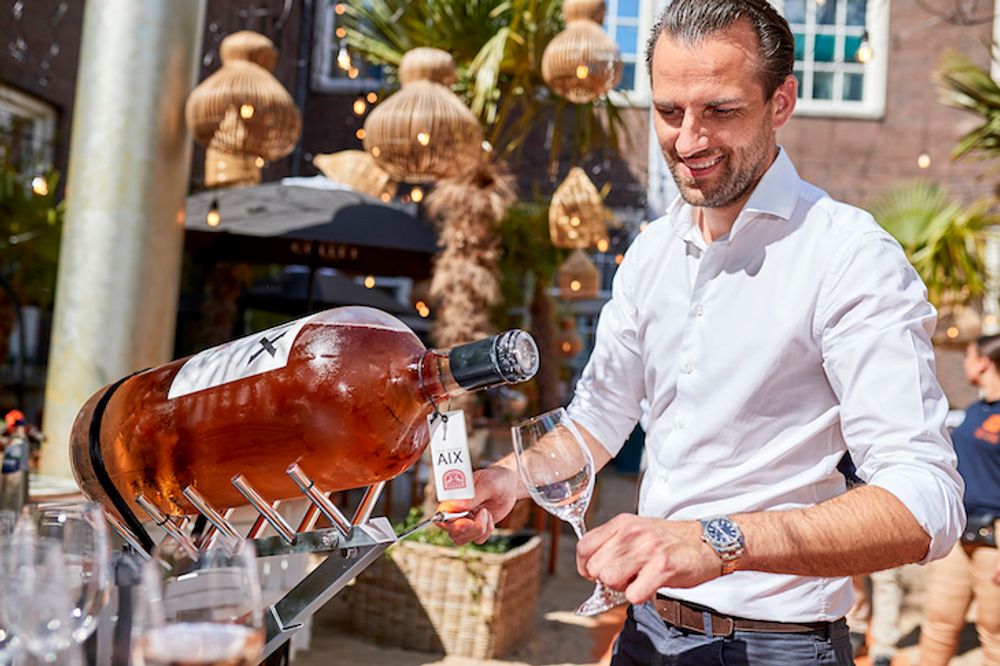
Helping the sommelier with larger formats at The Grand, Amsterdam.
Do the largest formats give you logistical issues production-wise/ distribution etc.
There are no logistical problems, but we have heard about some pouring issues back in the day. The weight of our 15L bottle is around 22kg so often the bottle is put on the waiter’s shoulder to pour the glasses, but you have to understand that this isn’t possible for everyone(picture: 15L Schiahorn) which is why we created a special pouring system together with VCANTER to help with this.
In non-Covid years we work with it during events like the F1 Grand Prix in Monaco or at the New York Fashion Show. We always had a long queue of about 30 people waiting to have their glass poured – it makes quite a statement.
How have the pandemic and US tariffs affected business? Have you had to change anything?
For a start I believe you should never change your strategy because of a panic reaction. When you’re convinced about your strategy, back it, stand up for it and don’t suddenly change it. I think that strong brands will survive these challenging years and will even come out stronger.
Regarding the US market, we didn’t have much choice. As a wine brand, you need to be on the shelf. A lot of French wineries decided not to export their wines for a while because of the tariffs, but we didn’t have much choice; our loyal clients expect to find AIX on the shelf. We took the loss and continued as we always take a long-term view with these things.
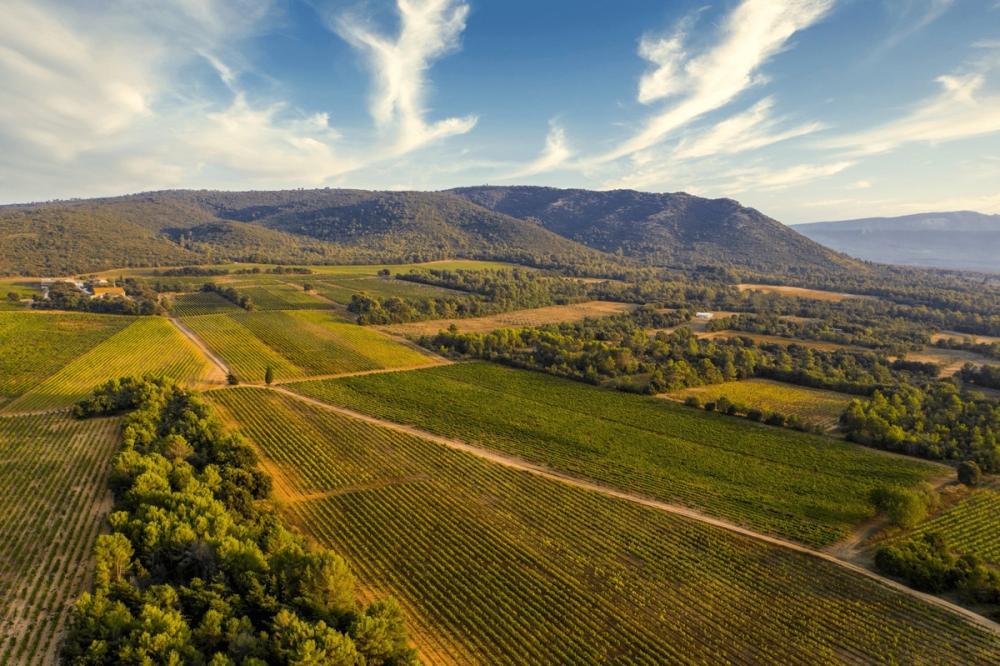
Maison Saint Aix, Provence
What impact has it had on sales/ the winery?
February and early March of 2020 started as ‘normal’, we had our first vintage tastings, and with Mentzendorff in London, we were also looking forward to Prowein later that month. Some first orders left the winery, so everything started as planned. Suddenly everything changed. Everything closed, fairs were cancelled, people couldn’t travel anymore, people got scared. Nobody could predict how long it would last. We started to worry a bit. How should we promote our wine in the upcoming month, what to do with already made appointments? No repeat orders came in March and early April.
Luckily, however, spring started early last year and repeat orders did come in. Countries in the North like Germany, the Netherlands, Belgium and Scandinavia ordered way more than expected and compensated the volumes we lost in holiday destination like Spain, Greece and The Caribbean.
People spent their holidays in their back garden and enjoyed life over a BBQ with friends. People bought more in wine shops and online and suddenly had a budget to buy better quality wine. People choose wineries/brands they knew about because it gave them the certainty they needed. Better-known brands sold a lot, and more obscure wineries struggled. By the end of June, we sold roughly the volume we had expected. We never changed our strategy last year, and we tried to stay positive, always thinking about the long-term. By the end of the year, we were happy with the achievement we made.
AIX Rosé is imported and sold in the UK by Mentzendorff which is a supplier partner of The Buyer. Read more about them here.
